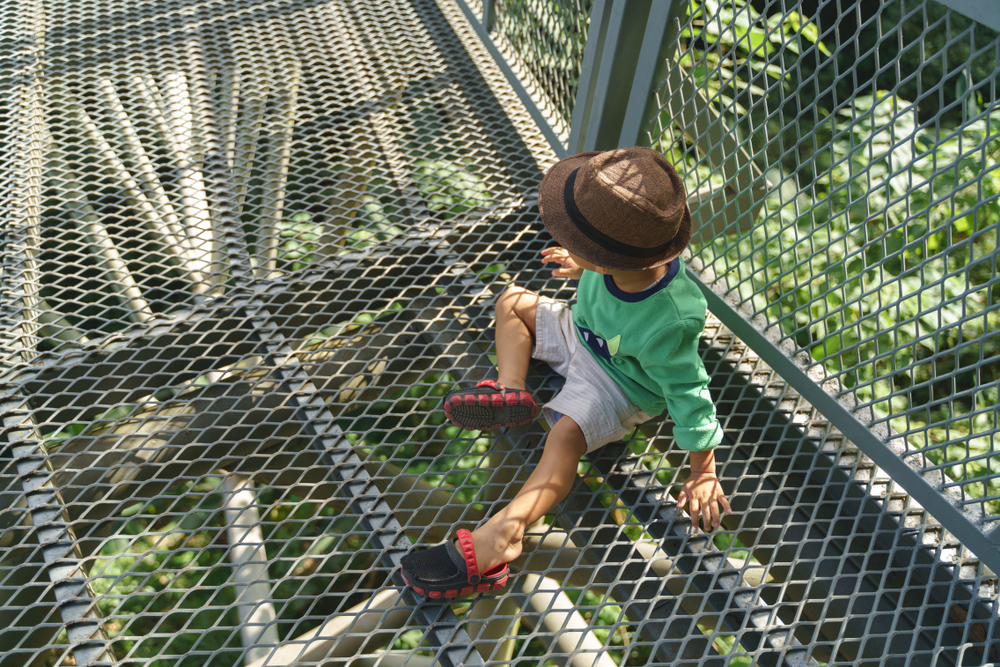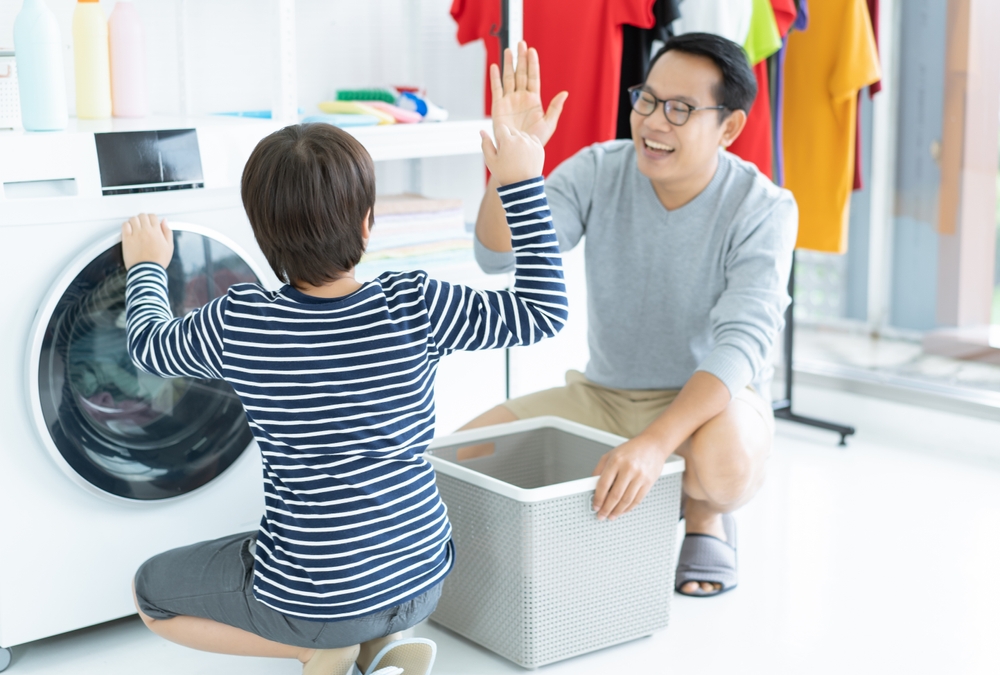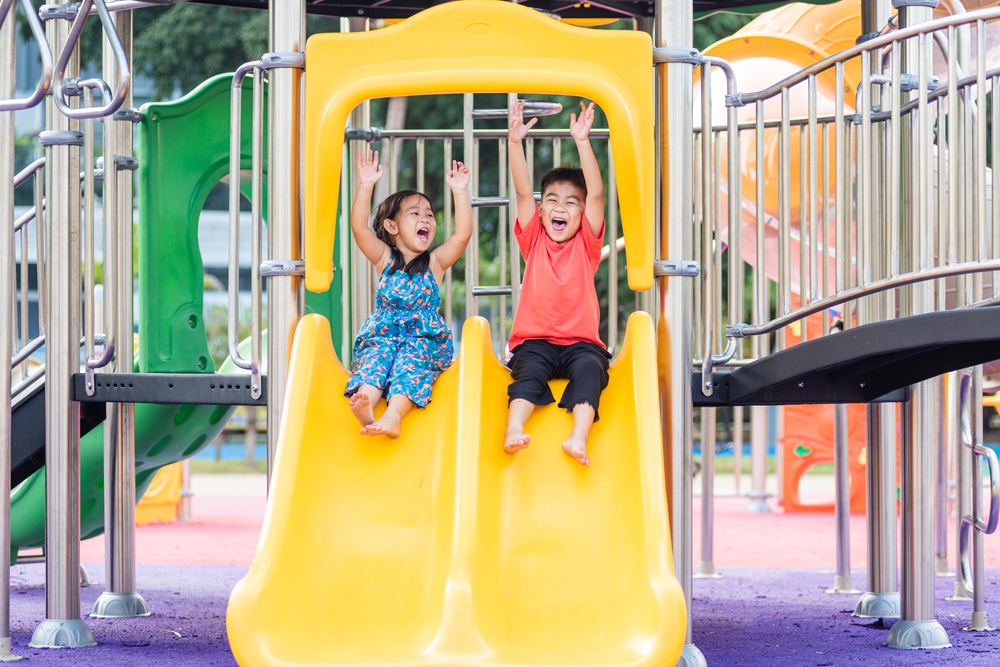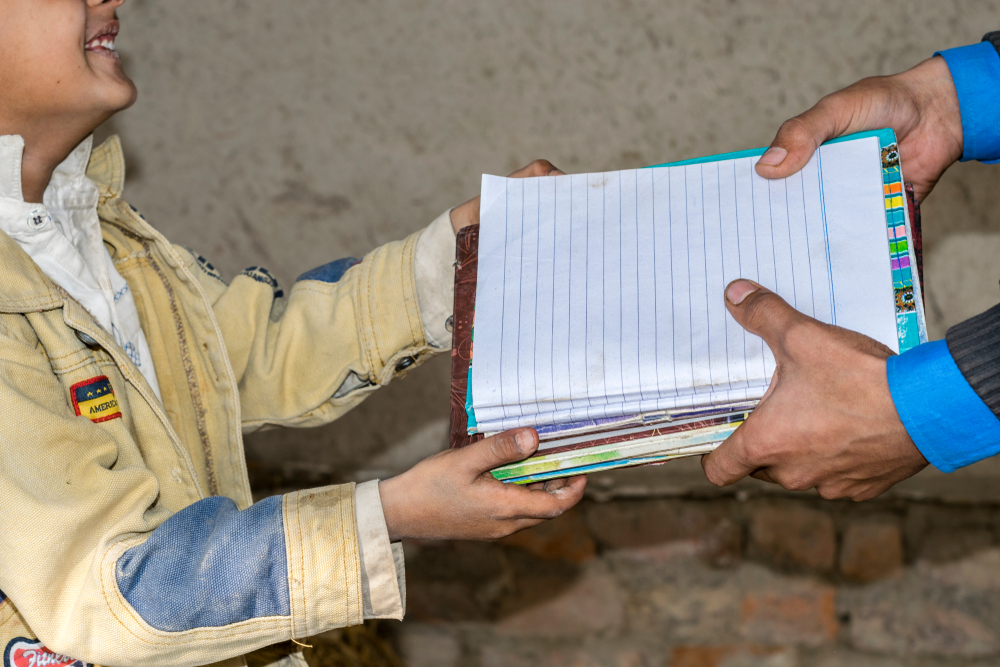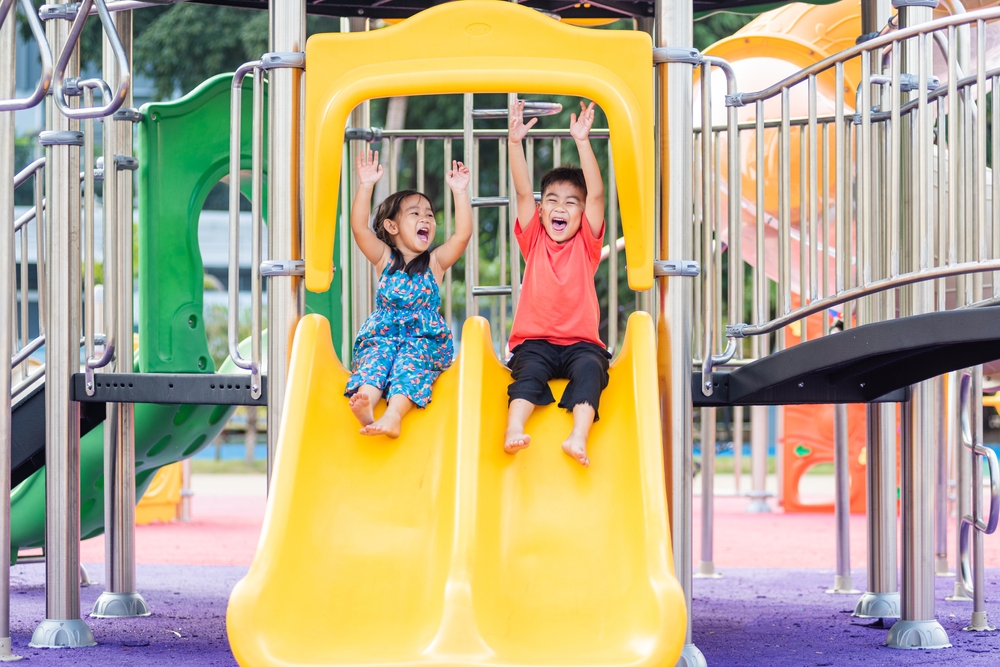Parenting Tips
system

Written by: Child Psychological Development Association
Psychological Counselor, Mr. Ching Wai Keung
“Is your child deliberately engaging in behavior that challenges your limits?”
“Does your child’s behavior completely contradict your wishes?”
“No matter how you punish your child, it seems like they become more defiant!”
Do these scenarios sound familiar to you? Many times, parents worry incessantly about their child’s behavior. However, behind the child’s behavior, there may be different emotions. For example, a child might intentionally exhibit rebellious behavior due to a desire for attention or rivalry for affection. In such cases, punishing the child may result in them becoming even more disobedient.
Renowned American emotion psychologist Plutchik pointed out that we have eight basic emotions (Plutchik, 1993), including acceptance, anticipation, disgust, anger, sadness, fear, joy, and surprise. These emotions manifest in an “Emotion Chain,” which includes stimuli, thoughts, emotions, behavior, and outcomes.
For instance, when an older brother sees his mom taking care of his younger sister (stimulus), he may think that his mom now only loves his sister and ignores him (thoughts). This could lead to emotions like sadness and anger (emotions). As a result, he may intentionally misbehave (behavior). The outcome is that the mom puts down the sister in the crib and then deals with the older brother (outcome). In the older brother’s eyes, his mom finally put down his sister, achieving the desired outcome through his behavior.

Young children may not necessarily express their thoughts through language, making it challenging for parents to understand the reasons behind their behavior. However, by soothing the child’s emotions and paying attention to patterns in their behavior, we can improve their conduct.
For example, if an older brother consistently exhibits inappropriate behavior whenever he sees his mom taking care of his younger sister, it can be inferred that he is seeking his mother’s love. In response, the mom can balance one-on-one time with both the older brother and younger sister, allowing him to feel that his mother loves him too. She can also invite him to participate in caring for the younger sister. If inappropriate behavior arises when attention is lacking, it may be a skill to attract parental attention. In such cases, parents can offer attention before inappropriate behavior occurs and deliberately ignore the behavior when it does, helping the child understand that misbehavior does not garner attention.
Understanding the reasons behind a child’s behavior is immensely helpful in improving inappropriate conduct. If you’d like to know more, feel free to contact us.


